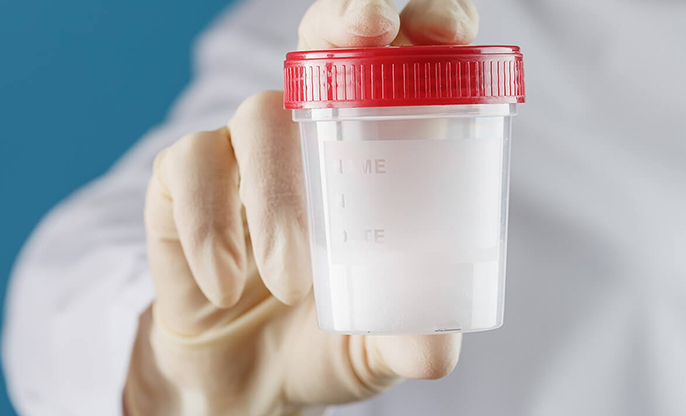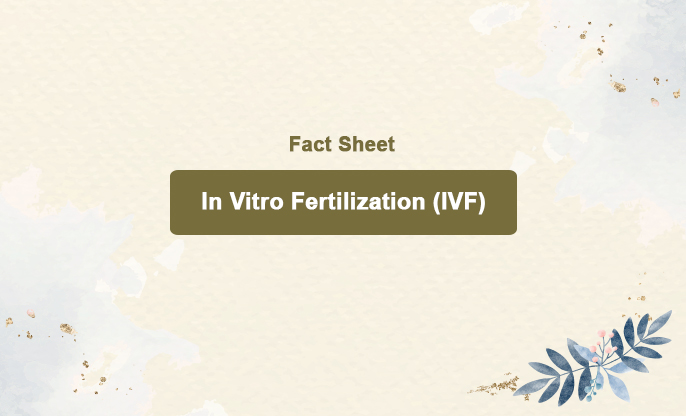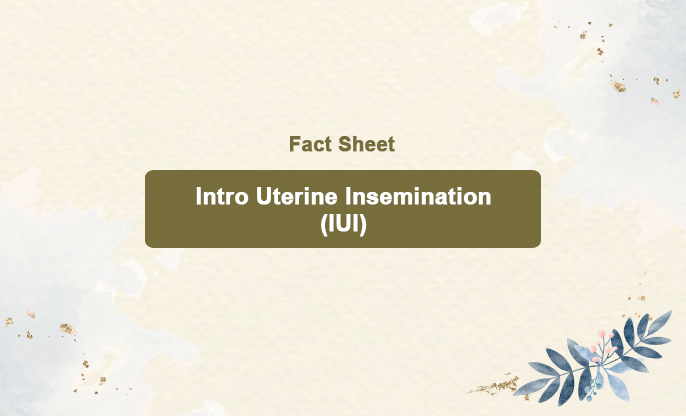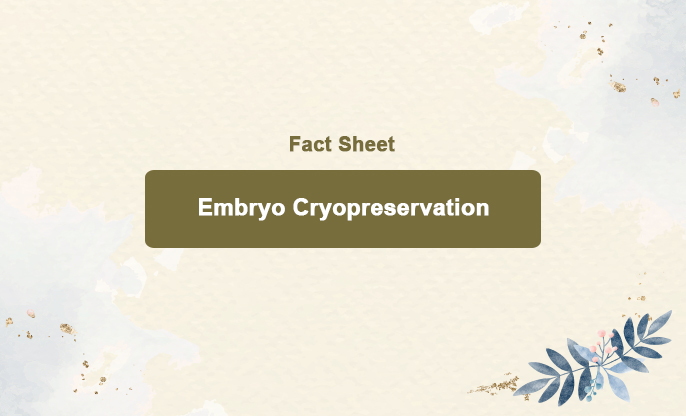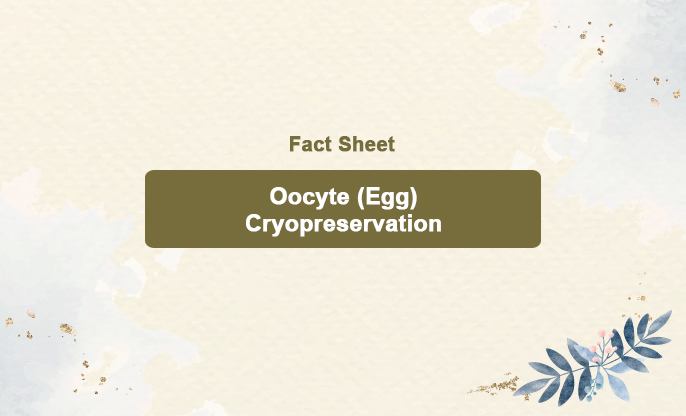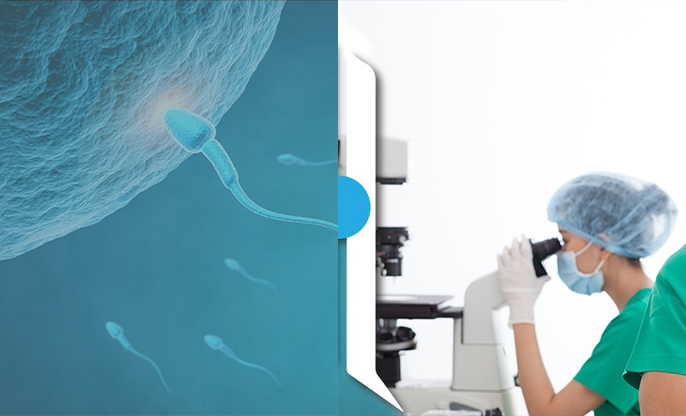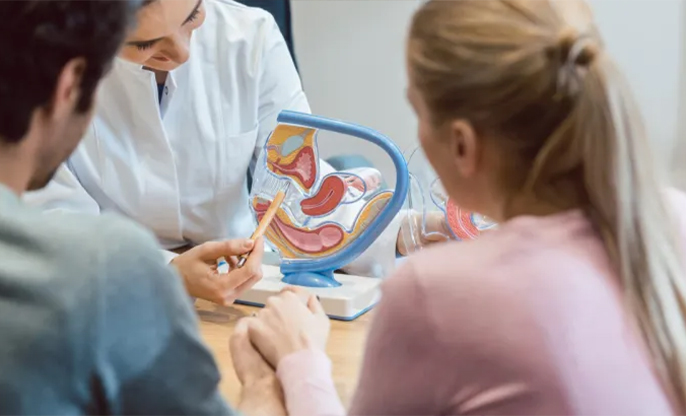
What is this?
Gamete Intrafallopian Transfer (GIFT) is an assisted reproductive technology used to help couples conceive. Gamete intrafallopian transfer (GIFT) involves collecting multiple eggs from the ovaries and placing them into a thin, flexible catheter along with sperm. The combined gametes (eggs and sperm) are then injected into the fallopian tubes using a surgical procedure called laparoscopy, which is performed under general anesthesia.
The transfer of eggs and sperm into the fallopian tubes requires a minor surgical procedure. Unlike IVF, where fertilization occurs in a lab, GIFT involves immediate transfer of the gametes into the fallopian tubes.
Why is it done?
Gamete intrafallopian transfer (GIFT) is performed for several reasons:
Unexplained Infertility: It is an option for couples who have not been able to conceive despite having no identifiable cause for their infertility.
Religious or Ethical Preferences: Some couples prefer GIFT because fertilization occurs naturally within the body, aligning with their religious or ethical beliefs.
Tubal Factor Infertility: Women with certain types of tubal infertility, where at least one fallopian tube is functional, may benefit from GIFT.
Male Factor Infertility: In cases where male infertility is a factor, GIFT can be used to place a higher concentration of sperm near the eggs.
Prior Fertility Treatment Failure: Couples who have not had success with other fertility treatments, such as intrauterine insemination (IUI), may turn to GIFT as an alternative.
GIFT offers a way to achieve fertilization within the body, making it an option for those seeking a more natural conception process or those with specific medical conditions affecting fertility.
Other procedures and interventions needed:
Ovarian Stimulation: The woman takes fertility medications to stimulate the ovaries to produce multiple eggs.
Egg Retrieval: The eggs are retrieved from the ovaries using a needle guided by ultrasound, typically under local anesthesia.
Sperm Collection: A sperm sample is collected from the male partner or a donor.
Mixing: The retrieved eggs and collected sperm are immediately mixed together.
Transfer: Using a laparoscope, the mixture of eggs and sperm is placed directly into the woman's fallopian tubes through a small incision in the abdomen.
Natural Fertilization: Fertilization occurs naturally inside the fallopian tubes, as it would in a natural conception.
Efficacy:
The success rates for GIFT are comparable to other assisted reproductive technologies like IVF, with an average pregnancy rate of about 25-30% per cycle for women under 35 years of age. The rates decrease with age.
Factors Affecting Efficacy:
Age: Younger women generally have higher success rates.
Fertility Issues: The underlying cause of infertility can impact the success of GIFT.
Tubal Health: At least one functioning fallopian tube is required for GIFT to be effective.

